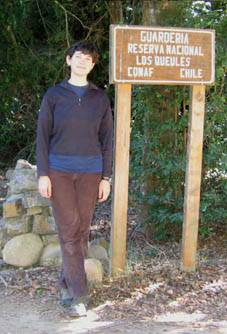There was no facility to reblog nor was the comments option working so I am really hoping that my reblogging of that material here is looked on positively. I would not like to tread on any toes.
- Member since:Jul 28, 2011
- Occupation:Research Scientist
- Biography:Main research interests are the documentation, discovery and conservation of biodiversity, with particular emphasis on Central America and the flowering plant family Urticaceae (ca 2000 spp) Worldwide. Cross-cutting themes include, realising the potential of biological collections to support conservation, the documentation of the biodiversity of poorly or un-explored areas of Central America, and generating local taxonomic capacity. This has been achieved through Flora Mesoamericana, an international NHM flagship project, and additional stand-alone field-based projects.
- Expertise:Documentation and classification of the Flowering Plant family Urticaceae Worldwide (ca 2000 spp) Tools for the conservation of biological diversity in Central America Field collection of Vascular Plant herbarium collections, samples for DNA analysis and digital images (ca 6,800 numbers)
Supporting the sustainable use of Maya Nut: a new member of the team!
In collaboration with the US NGO the Maya Nut Institute and women's cooperatives in Mexico, Guatemala, Honduras, El Salvador and Nicaragua, the Natural History Museum is hosting a project to produce tools for the sustainable use of the tropical forest tree Maya Nut (Brosimum alicastrum). A project funded by Defra through the Darwin Inititiative. This will involve providing training to cooperatives in the collection and interpretation of harvest data with the aim of helping them to calculate sustainable harvest levels, developing a protocol for the long term storage of the seed and discovering the genetic structure of this species with a view to supporting the sustainable reforestation using this species. Tonya Lander, formerly at INRA Avignon has joined the Museum to study the population structure of this species across Central America. Tonya has a background in population, landscape and pollination molecular ecology and we are very excited that she has joined us.





No comments:
Post a Comment